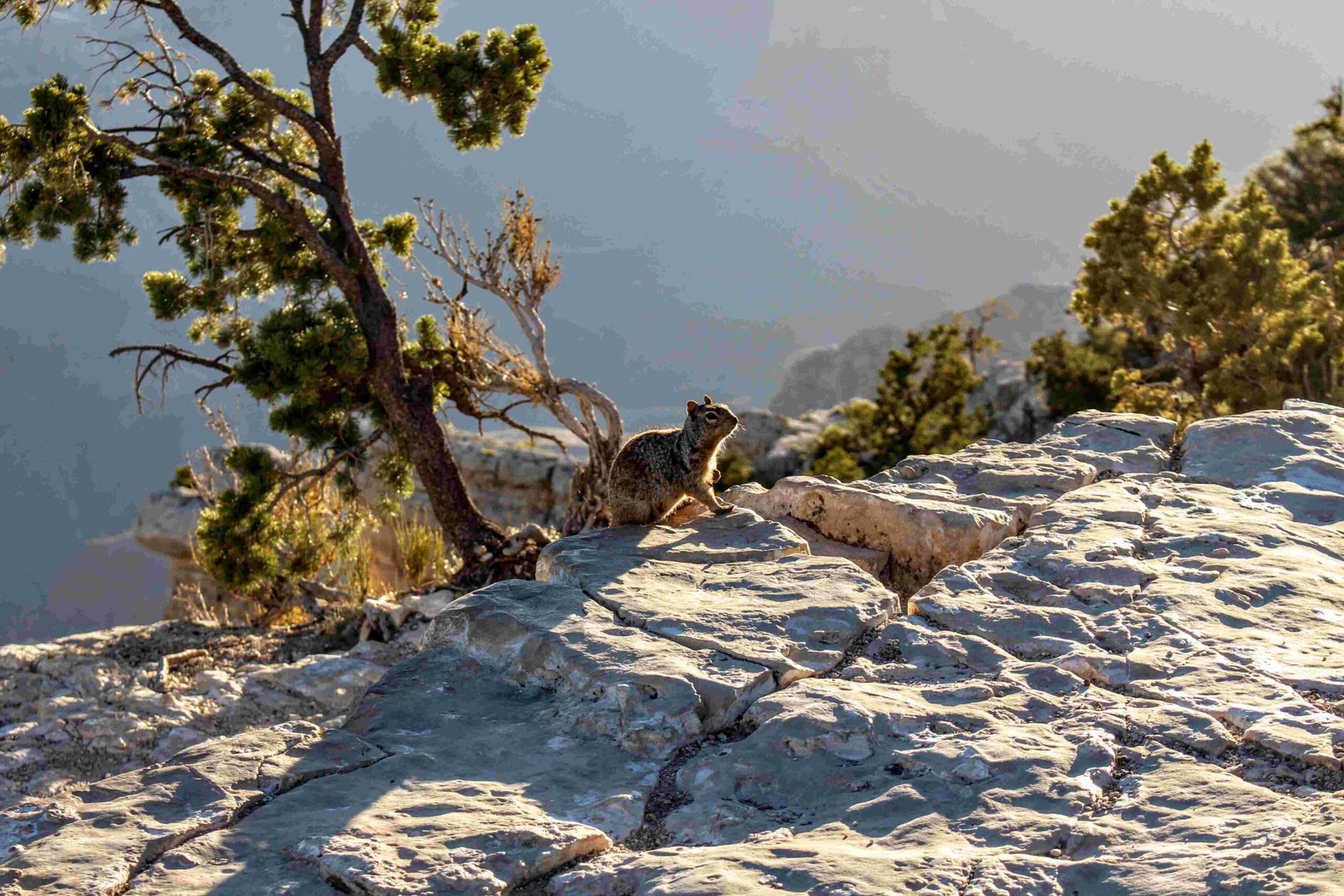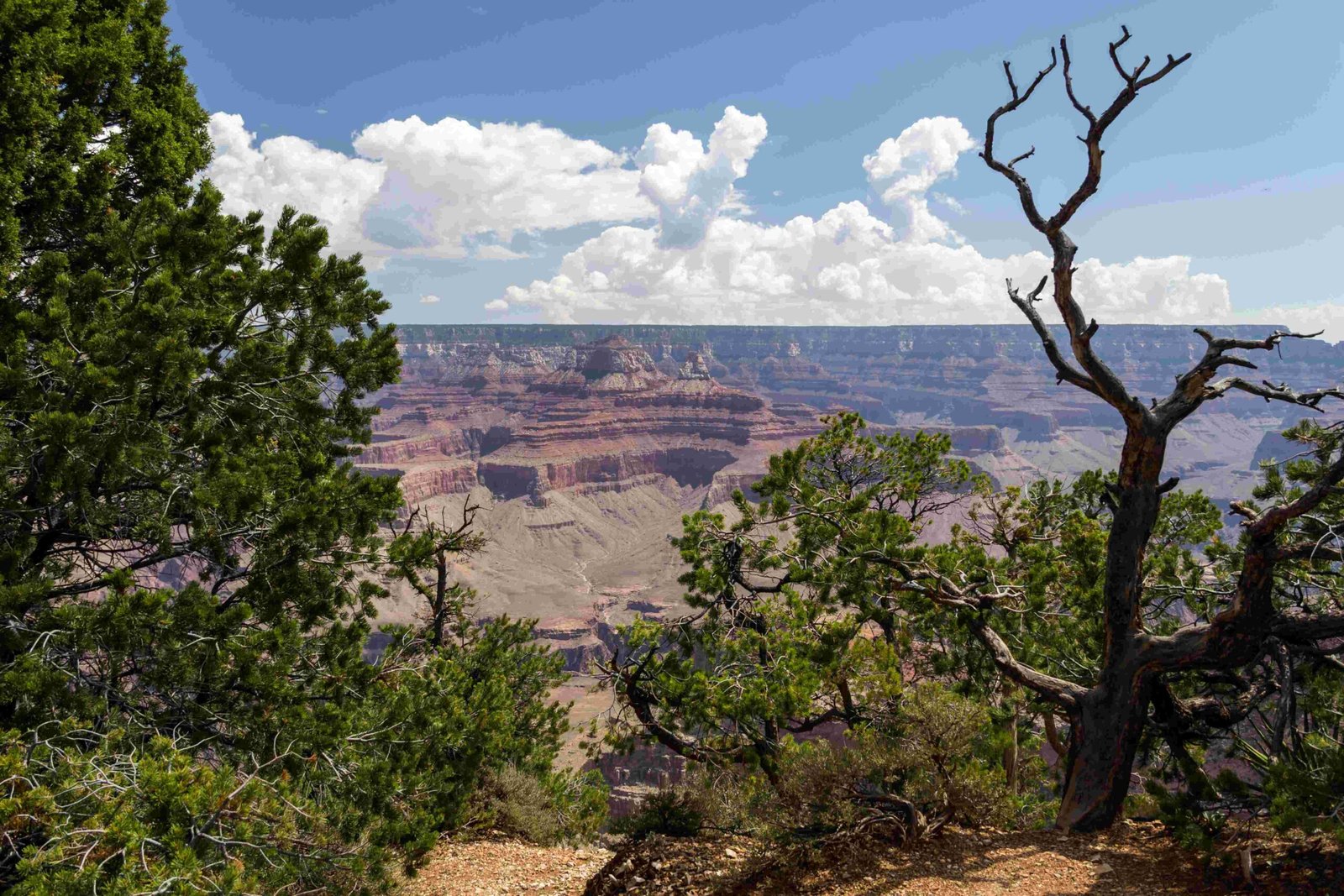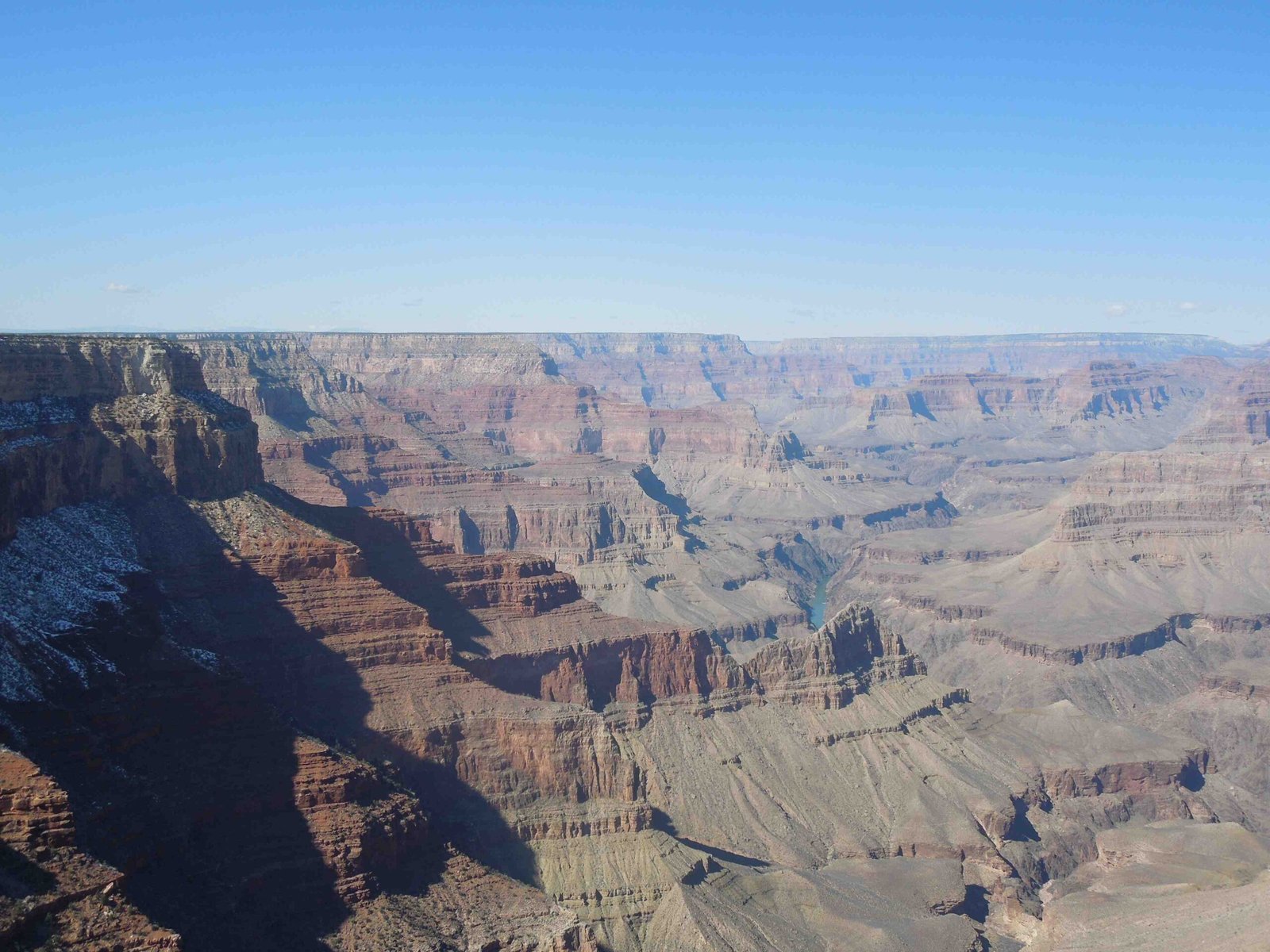The Grand Canyon, a geological marvel carved by water and time, has experienced numerous flood events throughout its history. From catastrophic natural floods to strategically controlled water releases, these events have dramatically shaped the canyon’s landscape, revealing a complex narrative of water’s transformative power across millions of years.
What Defines a Flood in the Grand Canyon?

Floods in the Grand Canyon can be categorized into two primary types:
- Natural Floods
- Caused by extreme weather conditions
- Triggered by rapid snowmelt
-
Result from intense rainfall events
-
Controlled Floods
- Intentionally released by dam management
- Designed to restore ecological balance
- Scientifically monitored water releases
How Often Has the Grand Canyon Experienced Major Floods?

| Year | Flood Type | Peak Streamflow (cfs) | Significance |
|---|---|---|---|
| 1983 | Natural | 97,000 | Severe damage to dam infrastructure |
| 1996 | Controlled | 45,900 | Sediment restoration experiment |
| 2004 | Controlled | Varied | Ecological management attempt |
Geological Evidence of Historical Flooding
The Grand Canyon’s formation itself is a testament to water’s incredible erosive capabilities. While mainstream geology suggests gradual erosion over millions of years, some researchers argue that catastrophic flooding played a significant role in shaping this magnificent landscape.
Key Observations from Flood Events
- Sediment Dynamics: Controlled floods have demonstrated mixed results in restoring natural sandbar formations
- Erosion Patterns: High-volume water flows can dramatically alter river landscapes
- Ecological Impact: Floods play a crucial role in maintaining the canyon’s complex ecosystem
Scientific Insights into Grand Canyon Floods
Researchers continue to study flood events using advanced technologies like:
– Sonar mapping
– Geological surveying
– Sediment tracking systems
These tools help scientists understand:
– Flood frequency
– Potential environmental changes
– Long-term geological implications
What Makes Grand Canyon Floods Unique?
Unlike typical river flooding, Grand Canyon floods are characterized by:
– Massive volume of water
– Complex geological interactions
– Carefully monitored environmental consequences
Modern Flood Management
Contemporary flood management in the Grand Canyon focuses on:
– Balancing ecological needs
– Preserving geological heritage
– Minimizing infrastructure damage
Conclusion: A Dynamic Landscape
The Grand Canyon’s relationship with flooding is a dynamic, ongoing process. Each flood event contributes to its ever-changing geological narrative, demonstrating nature’s incredible power of transformation.
Reference:
– Grand Canyon Flood Studies
– Colorado River Geological Research
– National Park Service Flood Reports

